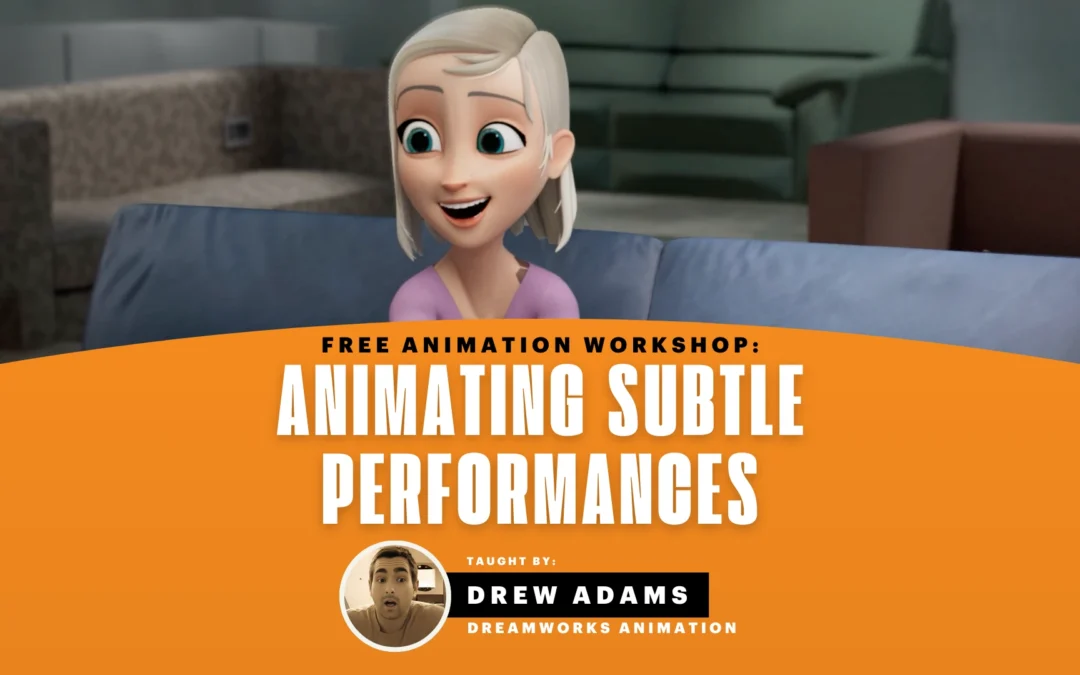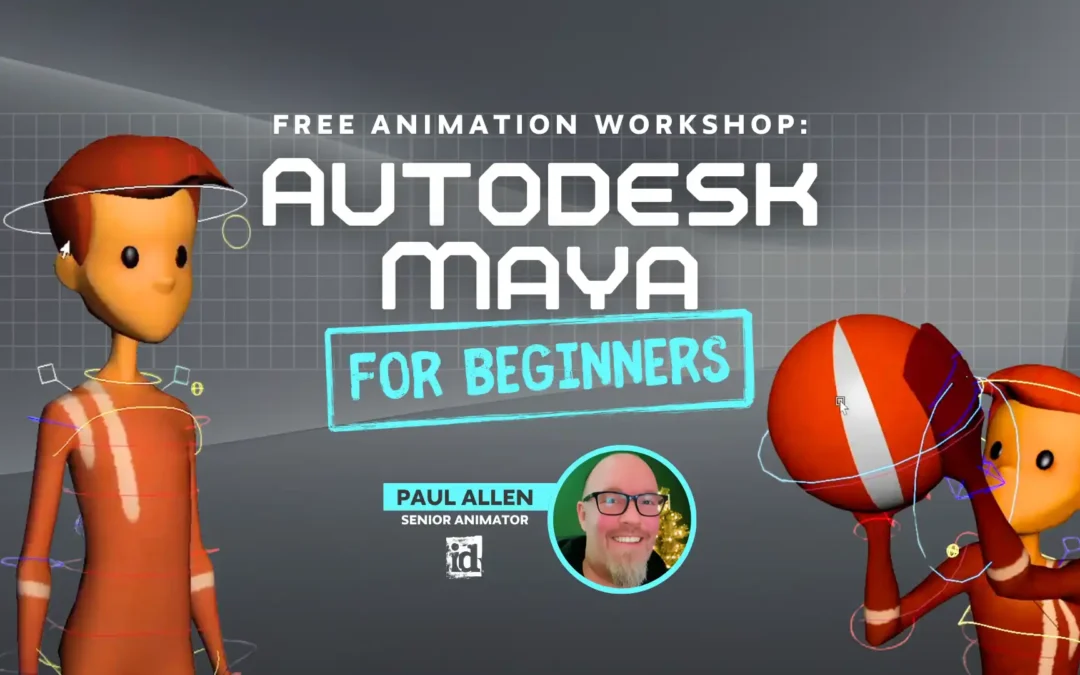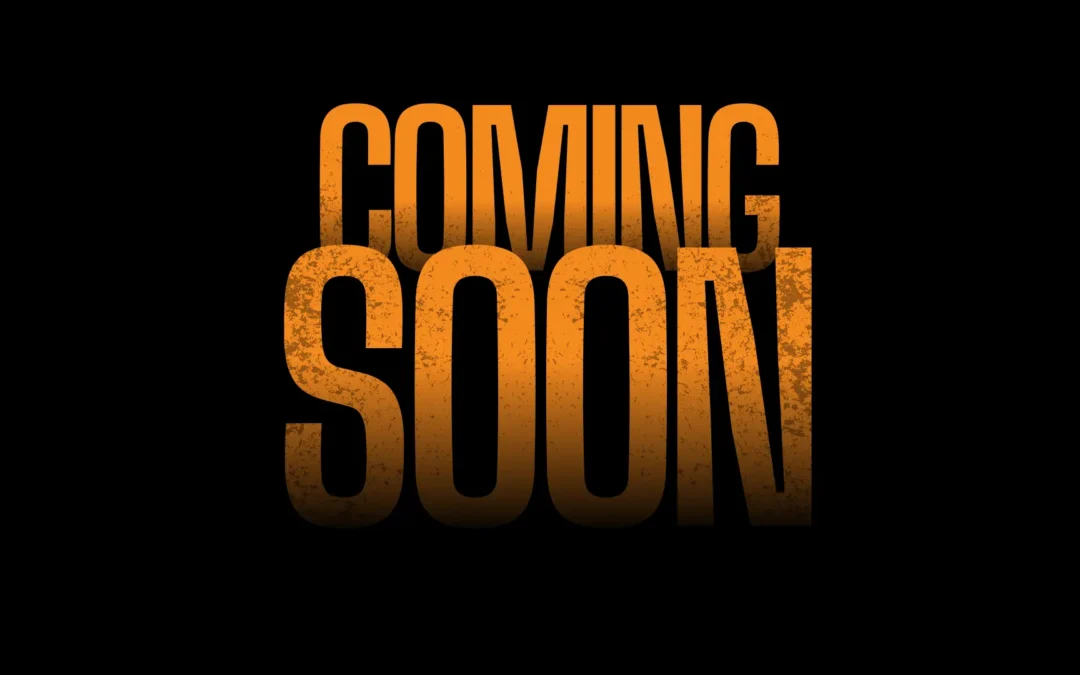
1. Animate all parts of the body in blocking
You should have a set list of the controls that you use for blocking (this might not include the face or some other secondary items). When you are blocking, you need to key all of those things on every pose change. First of all, this keeps things neat. But also, every time a character changes poses, everything on the character DOES change—even if it’s subtle, even if you are just animating a weight shift. Move the feet, hips, spine, neck, shoulders, and arms on every pose change.Nine times out of ten when there is something “off” about the body mechanics, it’s because we have ignored or forgotten one of these rules.This is important because it helps you to identify the subtle changes in the body on every movement, and it’s good training to recognize those subtle changes. Don’t think that a planted foot is moving? You could add a subtle roll to the foot as weight is shifting on and off of it. This will add a vitality to the shot. More importantly, everything actually does move in real life on every pose change. So if there is something that is the exact same value on 2 poses then one of those poses is wrong. One of those poses is A LIE! In blocking we are mostly concerned with getting the poses in there, so the least you can do is get them right. Don’t make yourself clean up your mess later, you will be mad at you if you do.

Brian Mendenhall, Mentor and Tippett Studio Animation Supervisor
2. Think spring
For bigger moves like jumping, think about the body as a spring-loaded device that goes from the shoulders to the feet. It’s not only the legs that bend—the whole body compresses like a car jack. If you draw a straight line roughly from the feet to the shoulders, that (almost) indicates the direction the body is going to go, and the line of the resulting extension pose. So often I see a great extension pose in a jump but the anticipation does not match, which makes the motion of the center of mass go the wrong way. Looking at the overall motion of the body helps, as well as tracking the head. Speaking of the head…Think spring!
3. Avoid “Dead Head”
I know you just read these lists to learn cool new buzz terms. Well here is one that only I use, but you can help it take off. Basically, your head is the processing center of the body, and you do everything you can to keep it level and calm. While you are posing the body, pay extra attention to the head. First of all, keep the head as level as possible when going through big and small motions. Lots of times when animating, the head ends up looking like it’s just a pumpkin stuck on the neck—like it’s just along for the ride. This is what I call “dead head.” The head should always look like it is the center of the action. It needs to be aware of everything that’s going on. Even if it’s not “leading” the action, it needs to look like it’s in control. On top of that, even if the head is level, don’t let it swing around too much during broad actions. When you are creating overlap in the chest and neck during jumps, for instance, remember that the purpose of the overlap is a cushioning effect on the head. It means that when you track the path of the head it has a softer action than the other parts of the body. Offsetting the animation incorrectly can send the head swinging back and forth wildly.Avoid dead head.
4. Don’t lift both feet at once
I know it sounds crazy but you really will accidentally lift both feet at the same time. A planted foot does not lift or slide until the other foot has planted in a walk. I always say you need to walk before you run, and the key to successfully walking is to always keep one foot on the ground. This is honestly just a segue into my next point. The important point. You know what, forget this point…5. Go left, right, left, right with the feet
Okay. Let’s talk about the natural rhythm of life. All life. All life that walks on two legs. But not birds. Just people, I guess. Anyway, even if it’s subtle and even if you are doing an acting exercise, you will shift weight back and forth almost unconsciously. When you take the weight off one foot, it tends to move a little bit. It’s one of those subtle things that happens all the time. Animating that tiny foot move will bring life to your shot as well as guarantee that you are properly considering the weight shifts. That way you won’t accidentally lift the wrong foot. But that should be its own listicle item. I get paid per item, right?Go left, right, left, right.
6. Don’t lift a leg if there is weight on it
Imagine a character comes to a stop and then starts walking again. If they stop by planting the right foot, then they should start again by lifting the left foot. If you NEED them to lift that right foot when they take off, find a way to have them lift and plant that left foot (just a little bit) before they start moving again. This will successfully get the character’s weight on that left foot, allowing them to lift the right. To put it another way, you should always know what leg the weight is on, and if the weight is on that leg then don’t lift it up! No not ever. But what if you need to? Find a place to shift the weight to the other leg. Left, right, left, right all the time. Yes, you can break this rule, of course, but not in the course of normal body mechanics and not until you fully understand the rule you are breaking. Which made me think of one more point…Don’t lift a leg with weight on it!
7. Don’t Trust Silly Listicles
Except this one, of course. But seriously, all of these rules can be pushed and pulled and ignored. I will say, though, nine times out of ten when there is something “off” about the body mechanics, it’s because we have ignored or forgotten one of these rules. Keeping these things in mind will hopefully help you with your next shot!Brian Mendenhall’s Demo Reel




